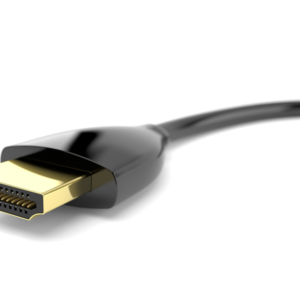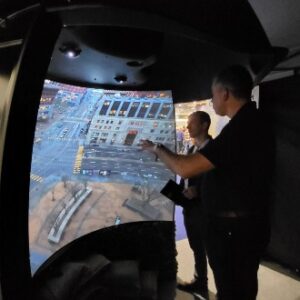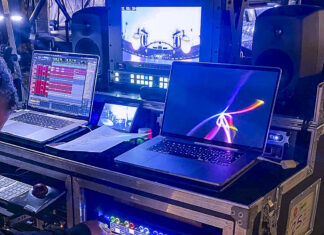*And You Likely Already Have It
By Steve McKenzie,
EVP, Troposphere
The recent evolution of video-first technology is nothing short of amazing. Only a few years ago many of us were scrambling, out of necessity, to simply connect our laptops to video conference. Fast-forward to today: focus has progressed to much more advanced needs such as creating more natural conversations, achieving meeting room equity, and incorporating a bevy of new AI enhancements.
Yet, from the user perspective, one aspect of the “all-in-one” collaboration experience lags: touch.
Certainly, the technical capabilities are readily available for annotation, whiteboarding, ideation and more. However, while technology has moved forward, touch is an area where user adaptation has not always kept pace.
Why are users not taking full advantage of video-enabled touch capabilities?
In an informal poll of clients and colleagues, the reasons cover the gambit – from anxiety about speaking – and annotating – in meetings; not knowing how to fully use the technology; or a general reluctance to “use the finger,” as one colleague called it.
Certainly, some people queried in my informal poll are power users, regularly taking full advantage of touchscreen tools. But as I started keeping track of the many video meetings I attend, it was clear: the majority of participants don’t use touch with any regularity.
Begging the question: how do you encourage team members to utilize touch-enabled tools?
Getting more people engaged with the touchscreen requires a multi-faceted approach – including additional training, meeting management, and ongoing leadership. Seven strategies to consider:
- Spend time on training. With your latest video installation or major platform update, you likely had a team meeting for training on how to utilize the new setup. However, my informal group said their companies spent little to no time on learning how to use touch capabilities. One solution: do a follow-up session with everyone assigned a little time at the board. (This type of training also seems like an opportunity for hardware and platform providers to deliver added value.)
- Make touch part of the agenda. Not every meeting calls for touch, but when it will improve productivity and outcomes, be ready to put your technology to good use. Include the touchscreen canvas at the center of your meeting. Utilize annotation and drawing to make the session more dynamic. And keep everyone collaborating on the same virtual screen.
- Jumpstart the process. Actively encourage the use of the whiteboard. When planning a meeting, specifically request presenters to utilize available touch-enabled tools. Alternate who is assigned to be the note taker at the display board. Assign short interactive presentations. During meetings, directly ask for participants to expand on ideas. And lead by example, making good use of touch capabilities yourself.
- Reinforce user input. To get more attendees to participate, show them their contributions matter. Give recognition when team members add to the board. Make it a “safe” process for new users who may not be confident in their touch skills yet. Although whiteboarding may be second nature to you, going to the touchscreen may be a big step for others.
- Demonstrate the value of output. Be clear on how ideas will be used. Distribute notes, annotations, and brainstorm output from meetings as quickly as possible. And if your technology is persistent, keep the collaboration going after the physical meeting ends.
- Focus on equity. Hopefully, your platform and hardware make it easy for remote participants to join via touch collaboration. Even so, offsite attendees may be more reluctant to contribute; pay special attention to their input and encourage full inclusion on your shared board.
- Make it a habit. Remember just a few years ago it seemed odd to participate in video conferences; now it’s an everyday occurrence. The same idea applies here: build a routine of using touch capabilities and soon enough it will be second nature.
You have invested in touch collaboration technology; why not use it to its fullest extent?
In the long run, you’ll find meetings more collaborative and more productive. Touch is the next big thing – that you already have.
Steve McKenzie is an executive at Troposphere, an independent marketing agency specializing in digital and direct marketing, email campaigns, public relations, and go-to-market planning. Troposphere recently celebrated 17 years of successfully working with clients in analytics, financial services, non-profit, travel, continuity, and tech industries. Contact Steve at smckenzie@tropospheremarketing.com









